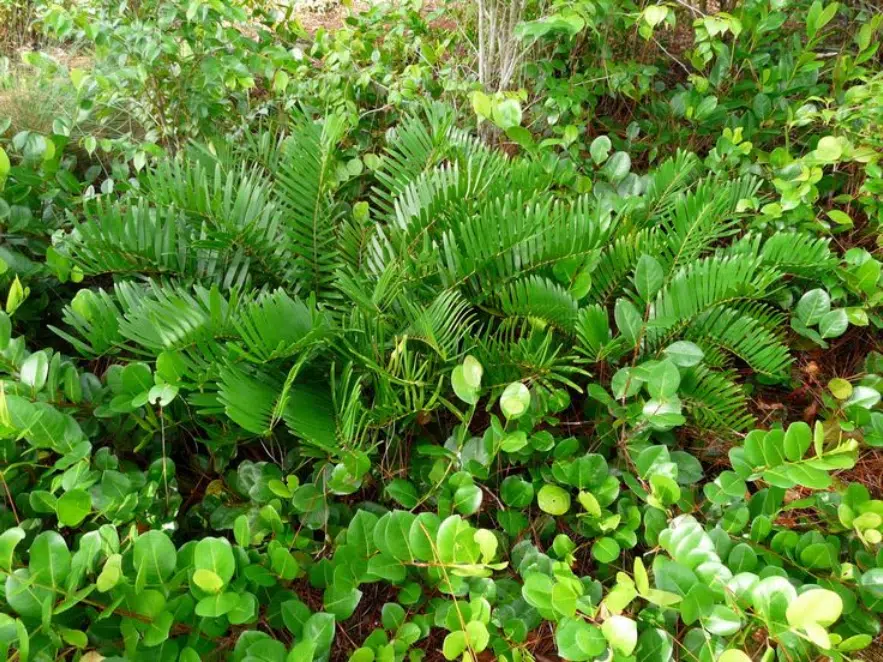Why Choose Native Plants for Louisiana Landscapes?
Louisiana’s unique climate and diverse ecosystems make it an ideal place for cultivating native plants in residential and commercial landscapes. These plants have evolved to thrive in local soil conditions, withstand regional weather patterns, and support native wildlife. By incorporating them into landscaping projects, property owners can achieve a vibrant and sustainable environment while reducing maintenance costs and resource consumption.
Adapting to Louisiana’s Climate and Soil
Louisiana experiences high humidity, heavy rainfall, and periodic droughts, all of which can challenge non-native plants. Native species, however, have adapted to these conditions over thousands of years, requiring less irrigation, fertilization, and soil amendments.
Soil Compatibility
- Louisiana’s soils range from sandy coastal areas to rich alluvial plains and clay-heavy regions.
- Native plants are naturally suited to these conditions, minimizing the need for chemical fertilizers or soil modifications.
- Commonly used species such as Louisiana iris, bald cypress, and swamp milkweed thrive in these diverse soils.
Weather Resilience
- Many native plants tolerate extreme weather conditions, from hurricanes to seasonal droughts.
- They have deep root systems that help with soil stability and erosion control.
- Drought-resistant species like black-eyed Susan and little bluestem require minimal watering even during dry spells.
Supporting Local Wildlife and Pollinators
Habitat Creation
Native plants provide essential food and shelter for birds, bees, butterflies, and other pollinators. By selecting the right plants, homeowners can create ecosystems that sustain local species.
- Butterflies and Bees: Milkweed supports monarch butterflies, while coneflowers attract bees and hummingbirds.
- Bird-Friendly Plants: Holly, elderberry, and beautyberry produce berries that feed native birds throughout the seasons.
Enhancing Biodiversity
Landscapes dominated by non-native plants often disrupt natural food chains. Native species help maintain ecological balance by:
- Supporting beneficial insects that keep pest populations in check.
- Encouraging the presence of native amphibians and reptiles that contribute to pest control.
Reduced Maintenance and Sustainability
Lower Water Consumption
Non-native plants often require extensive irrigation to survive Louisiana’s summer heat. Native plants, adapted to local rainfall patterns, thrive with minimal watering.
Fewer Pesticides and Fertilizers
Because they evolved alongside local pests and diseases, native plants have natural resistance, reducing the need for chemical treatments. This minimizes runoff pollution into local waterways, preserving water quality.
Erosion Control and Stormwater Management
Louisiana is prone to flooding, particularly in low-lying areas. Native plant root systems stabilize soil, reducing erosion and improving water absorption. Wetland plants such as pickerelweed and swamp sunflower play a crucial role in filtering runoff and mitigating flood risks.
Blending Native Plants with Traditional Landscaping
Many homeowners appreciate the aesthetic appeal of traditional gardens but may be hesitant to transition entirely to native plants. A balanced approach allows for integration without sacrificing design preferences.
Combining Ornamentals with Natives
Pairing native plants with well-chosen ornamentals can enhance both beauty and ecological benefits.
- Example Combinations:
- Louisiana iris alongside traditional roses.
- Bald cypress as a backdrop to azaleas.
- Goldenrod interspersed with garden lilies.
Seasonal Color and Texture
By selecting a mix of native flowering species, homeowners can ensure year-round visual interest.
- Spring: Louisiana phlox, spider lily
- Summer: Purple coneflower, black-eyed Susan
- Fall: Goldenrod, swamp sunflower
- Winter: Yaupon holly (with red berries), evergreen wax myrtle
Creating a Native Plant Landscape in Louisiana
Steps to Establish a Native Garden
- Assess Your Site: Determine soil type, sun exposure, and drainage conditions.
- Select Appropriate Plants: Match species to site conditions for best performance.
- Prepare the Soil: Remove invasive species and amend as necessary with organic material.
- Group Plants Strategically: Arrange species in clusters to mimic natural ecosystems.
- Use Mulch and Ground Covers: Reduce weed growth and retain soil moisture.
- Maintain Naturally: Allow fallen leaves to enrich soil and support beneficial insects.
Native Plants and Property Value
Beyond ecological benefits, native landscaping can enhance property aesthetics and value.
- Curb Appeal: Vibrant flowers and structured greenery create an inviting outdoor space.
- Cost Savings: Reduced maintenance expenses attract potential buyers interested in sustainability.
- Long-Term Growth: Native trees and shrubs establish robust landscapes that improve over time.
Expert Guidance for Louisiana Landscaping
Integrating native plants into your landscape requires knowledge of local ecosystems and design principles. Working with professionals ensures optimal plant selection and layout.
At All Seasons Landscaping & Lawn Care, we specialize in designing sustainable landscapes that align with Louisiana’s natural beauty. Whether you want a full-scale native garden or a mixed landscape, our team can help bring your vision to life.
Contact us today: (225) 276-8658 | info@allseasonslandscapingla.com
Frequently Asked Questions
What are the best native plants for Louisiana landscapes?
Some of the best options include Louisiana iris, bald cypress, switchgrass, black-eyed Susan, yaupon holly, and swamp milkweed.
Do native plants require less maintenance than non-native ones?
Yes, native plants need less watering, fertilizing, and pest control since they are naturally adapted to local conditions.
Will native plants attract more wildlife?
Yes, they provide essential habitat and food for birds, butterflies, bees, and other beneficial species.
Can I mix native plants with my existing landscape?
Absolutely. Many homeowners blend native and traditional plants for a balanced, visually appealing design.
How do native plants help with erosion control?
Their deep root systems stabilize soil, reducing erosion and improving drainage.
Are native plants more expensive than traditional ones?
Initial costs may be similar, but native plants save money over time by reducing water and maintenance expenses.
Do native plants survive hurricanes and floods better?
Many native species, like bald cypress and swamp sunflower, are highly resilient to extreme weather conditions.
How do I start incorporating native plants?
Assess your landscape’s conditions, choose appropriate species, and consult professionals for optimal placement and maintenance.
Can native plants improve property value?
Yes, they enhance curb appeal and lower maintenance costs, making properties more attractive to buyers.
Where can I find native plants in Louisiana?
Local nurseries, botanical gardens, and conservation organizations often carry a selection of Louisiana-native plants.

